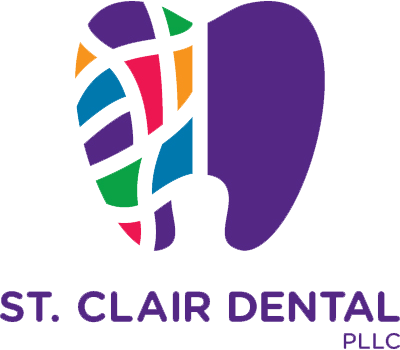Flossing can be considered one of the simplest tasks to perform – yet research states that fewer than half of American floss daily. Despite how inconvenient it may seem, flossing is a crucial part of an oral hygiene routine, because flossing gets in between the teeth and removes any leftover debris and plaque that toothbrushes are unable to get. By developing a habit of flossing once a day, you can prevent some of the most serious diseases, including gum disease and tooth decay. Flossing also benefits you as you age, because maintaining healthy teeth helps prevent the onset of early tooth loss.
-
Break off 18 to 24 inches of floss, then hold the majority of the floss around your middle fingers, leaving at least 1 to 2 inches free for your teeth.
-
Hold the rest of the strand of floss between your thumbs and index fingers.
-
Slide it in between two teeth.
-
Pull against one side of the tooth, and while pulling, create a “C-shape” sliding upwards to remove the plaque and debris in between your teeth.
-
Repeat and pull against the opposite side.
-
Continue to repeat this process until all teeth are flossed. Reach back to the molars as well to remove plaque from in between those teeth. Molars are most often the teeth that develop plaque the most due to its difficulty in reach.

Quick tip…You can also lookup tutorial videos to gain a more visual perspective on flossing. Also, today’s dental products have adapted from traditional floss use, combining tooth floss with toothpicks to give more reach to the back of the molars. If you find that traditional floss doesn’t work, then purchase dental floss picks to make flossing easier. |
Frequently Asked Questions
Isn’t brushing good enough for oral hygiene?
The ADA recommends flossing as part of an oral hygiene routine because brushing is not always capable of getting in between the teeth to remove plaque. Toothbrushes focus on removing a large amount of plaque along the front and inner molars of the teeth, and flossing helps promote healthy gums by removing the plaque in between the teeth space.
What results should I get from flossing?
If you have not flossed in a while, or have never flossed, then you will not see the immediate results. However, over time as you continue to floss your teeth, you’ll be able to see the difference in how much less plaque there is.
What else should I do besides floss?
Besides flossing, brushing your teeth will be able to help remove the main buildup of plaque along with your teeth, and you should visit Dr. Karl at St. Clair Dental for professional checkups and cleanings.
